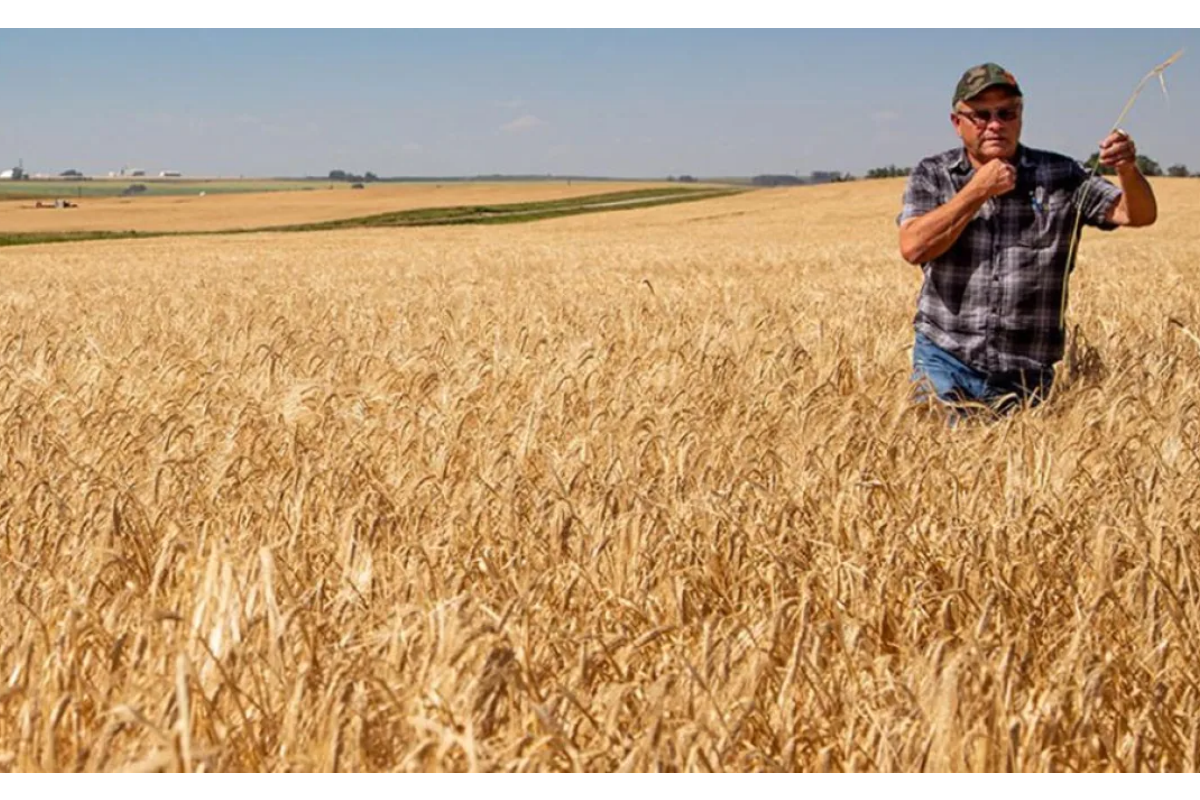
Barley plays a major role in beer production and the Prairie provinces are known for being the biggest suppliers of this grain. However, this year brought a severe drought that scorched most of the Prairies, having a devastating impact on crops, in turn causing the price of barley (and beer) to go up.
Spencer Hilton, a farmer with plants on his property near Strathmore, Alta., about 55 kilometres east of Calgary, says he normally has crops that reach his knees, but this year is a different story.
“You can see that the crop is very sparse,” he said. “This is what happens when the crop gets so stressed, as it was during that massive heat dome.”
With the summer months hitting record high temperatures, some over 35 C, the cool weather barley would normally thrive in, did not do so well. Hilton’s crop will produce about a quarter of his normal year’s intake.
“What we’re hearing from the barley organizations and the barley farmers themselves is that this is ultimately going to affect the supply of barley that’s available to maltsters, and as a result, the supply of malt barley that’s available to Canadian brewers,” said Luke Chapman, vice president of federal affairs for Beer Canada, an industry association representing about 55 Canadian brewing companies.
Statistics Canada recently released crop estimates that show barley production is estimated to be down by about 27 per cent compared to 2020.
“And as we know, when supply gets reduced, the price is likely to go up, which will ultimately likely have an impact on beer prices across Canada over the next year.”
Hilton normally sells his barley for about $6 or $7 a bushel — this year the price has risen to $10.
Chris Hooper, one of the GM’s at Origin, relies on his relationship with the farms because it means he can have the pick of the small crop, and he has some malt barley in reserve, so it should remain on track with no effect on the flavour profiles of its beers.
“So if I was another brewery and I was buying … malt out on the open market, you’re probably going to see a significant change in both the amount available and the quality of that product,” he said.
That’s because the extreme drought conditions mean not only that there’s less barley to go around, but less good-quality barley.
“And that means a lot of people are going to have to adjust recipes and kind of change how they’re doing things because you’re not going to getting as much alcohol out of the same pound or kilogram of malt,” said Hooper.
Andrew Bullied, director of brewing operations at Annex Ales Project, a brewery and taproom in Calgary, said he’s never dealt with anything quite like this year’s heat wave and drought.
“This year is the first time that I’ve ever been asked to sign a contract to secure supply for barley. It’s always just been a commodity that’s been there because it’s grown here.”
Canadian beermakers buy roughly 350,000 tonnes of barley from Canadian farmers each year, most of it from Alberta and Saskatchewan, said Chapman.
When bars and restaurants shut down due to the pandemic, the beer that would normally be sold in kegs had to be packaged for retail sale instead.
“I think it’s like 25 or 30 percent of our volume used to go out in kegs, and then when you just lose that overnight, everything that you sell has to go into cans,” he said.
“And if that is true for every single brewery, then yeah, it puts a really big strain on how many cans are produced in the world.”
“So it seems like there’s a storm kind of brewing here that is ultimately going to have a consequential effect on the prices that Canadians see for beer over the next couple years.”
Photo courtesy of Spencer Hilton
